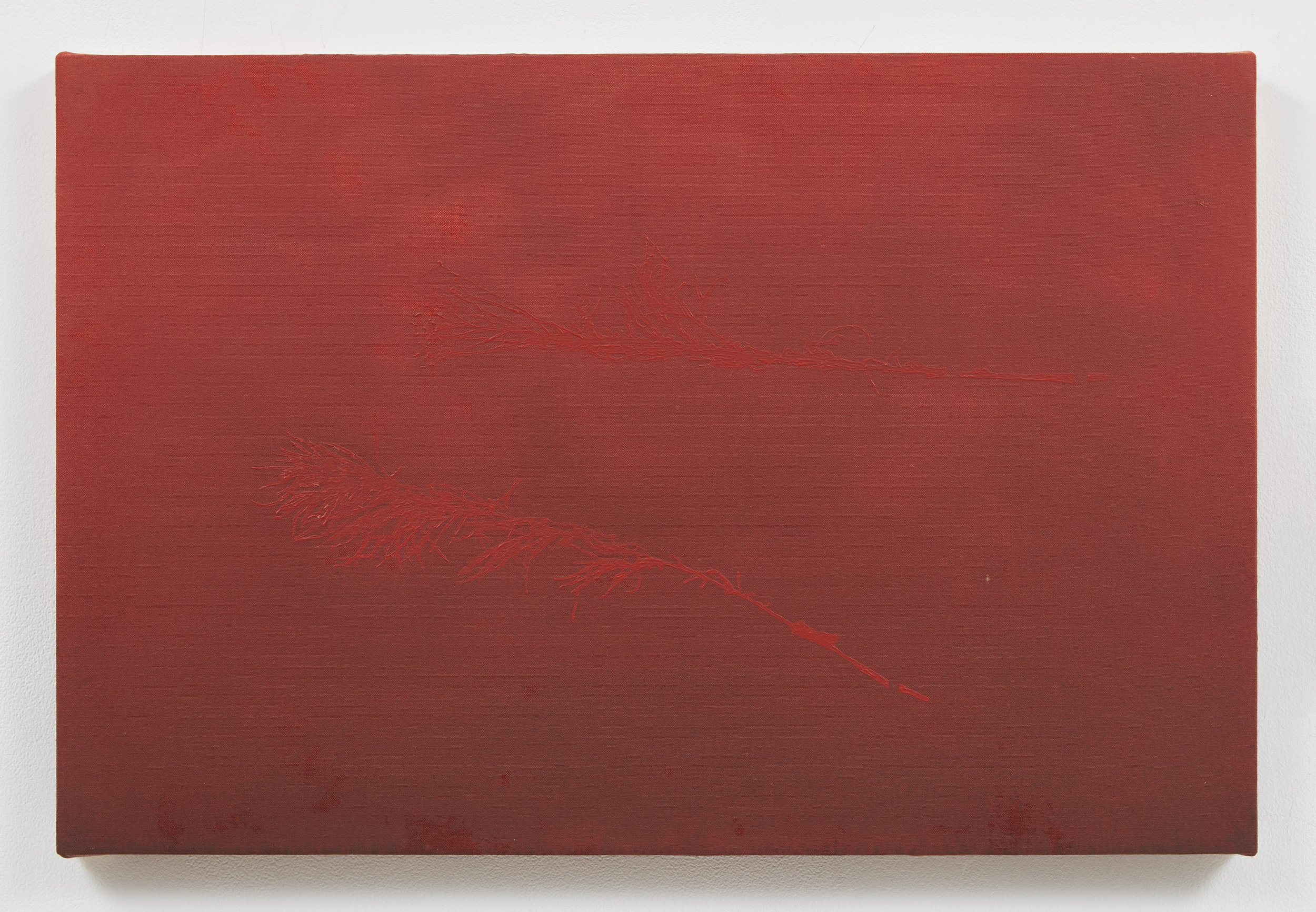


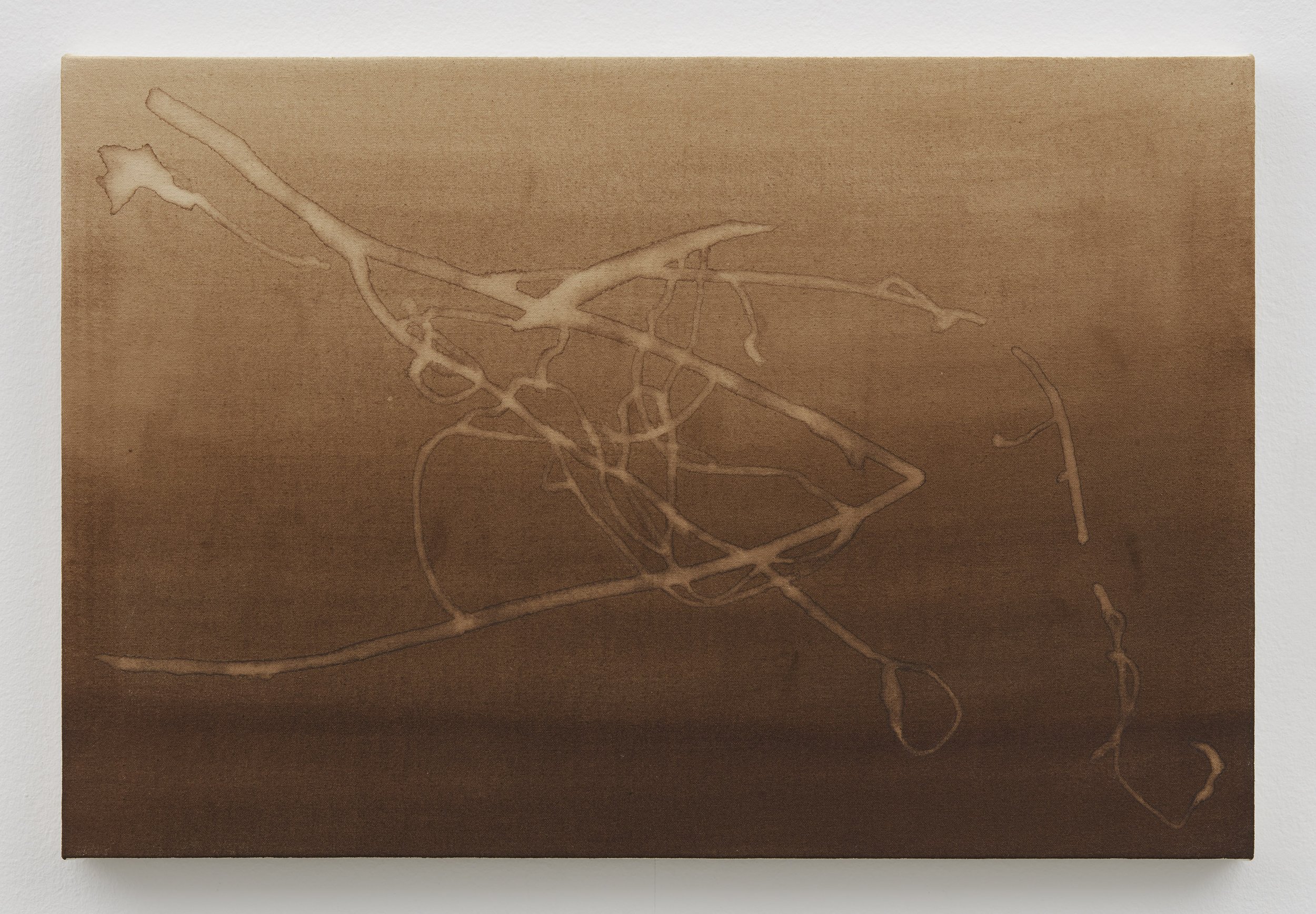
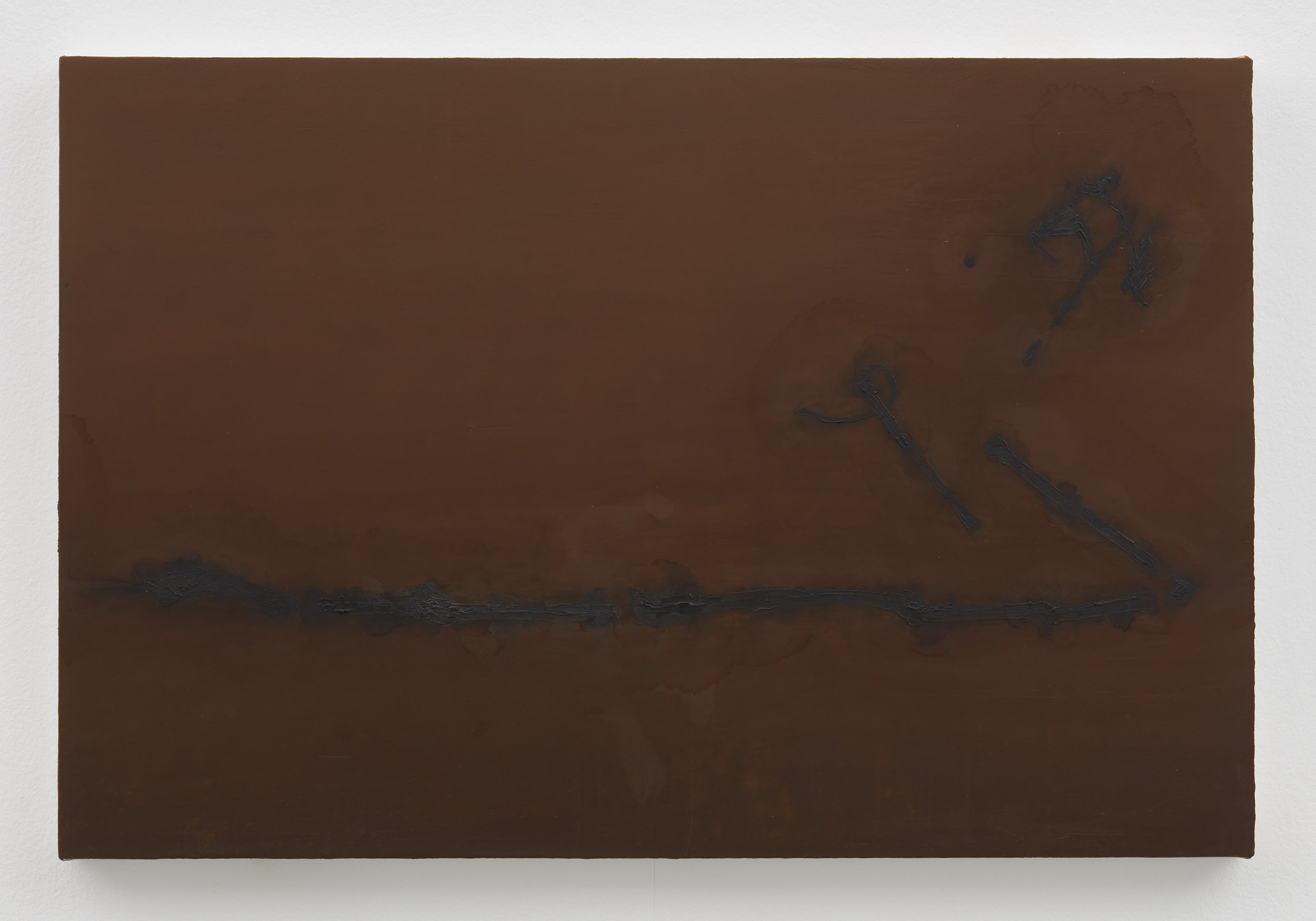
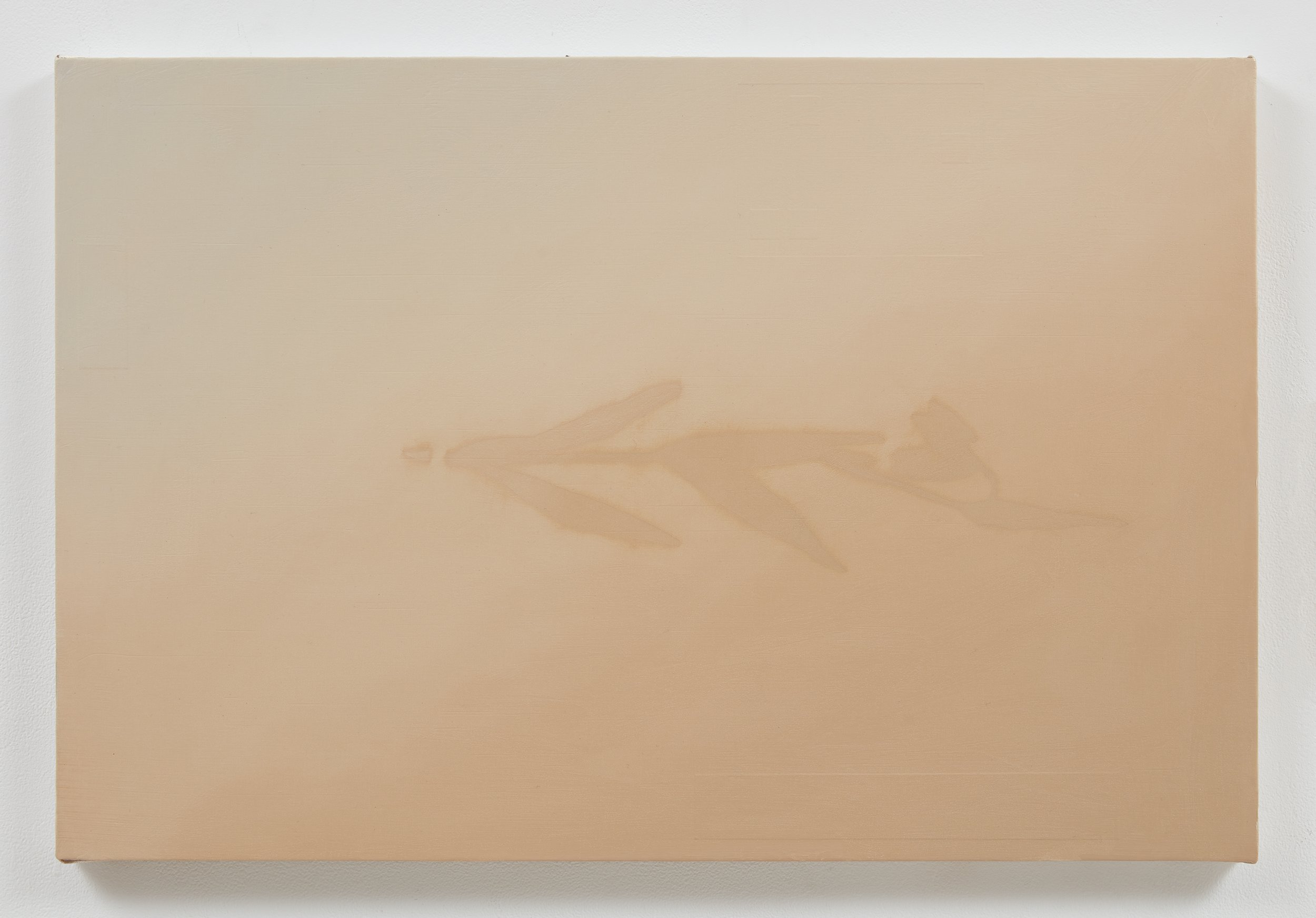
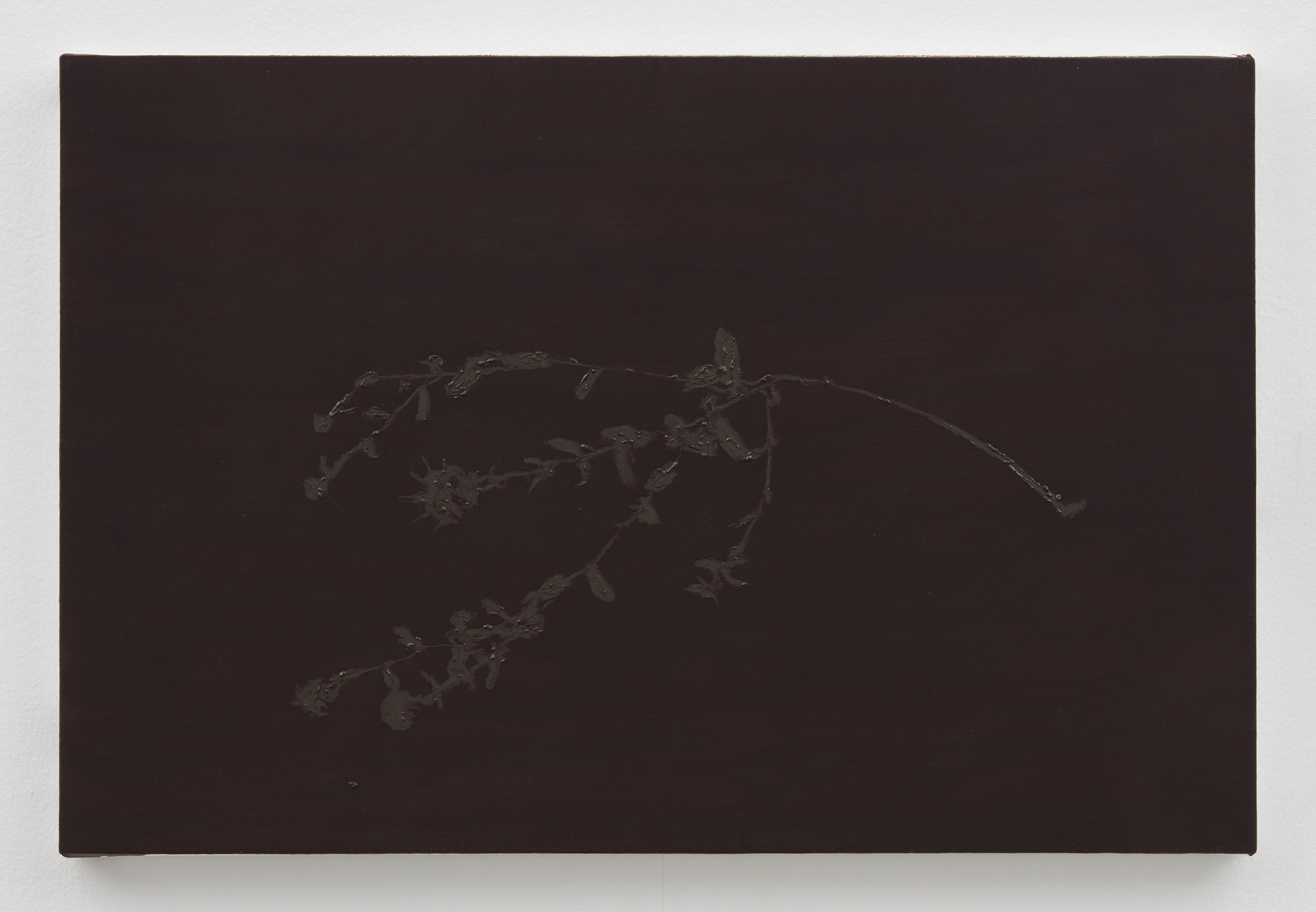
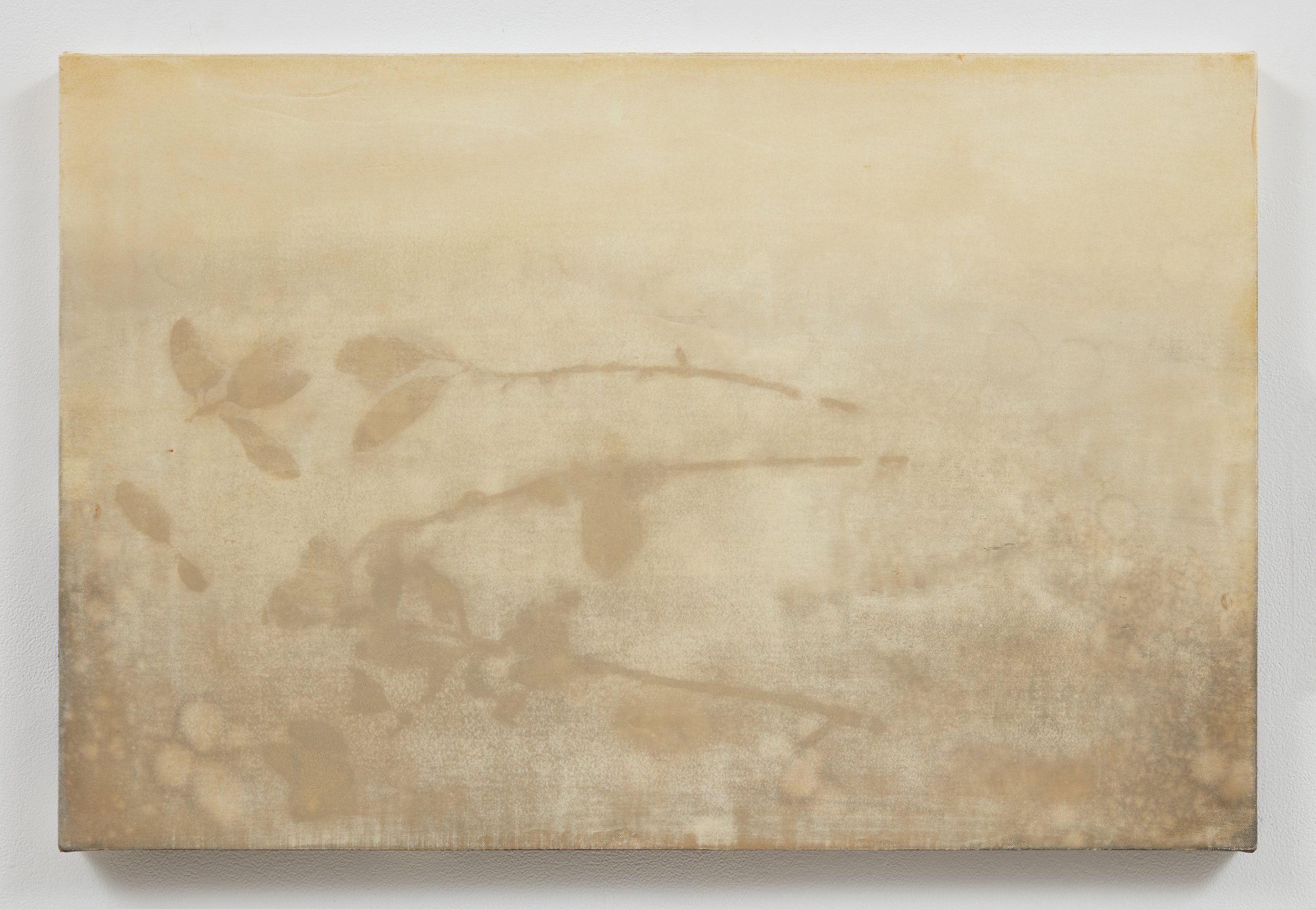
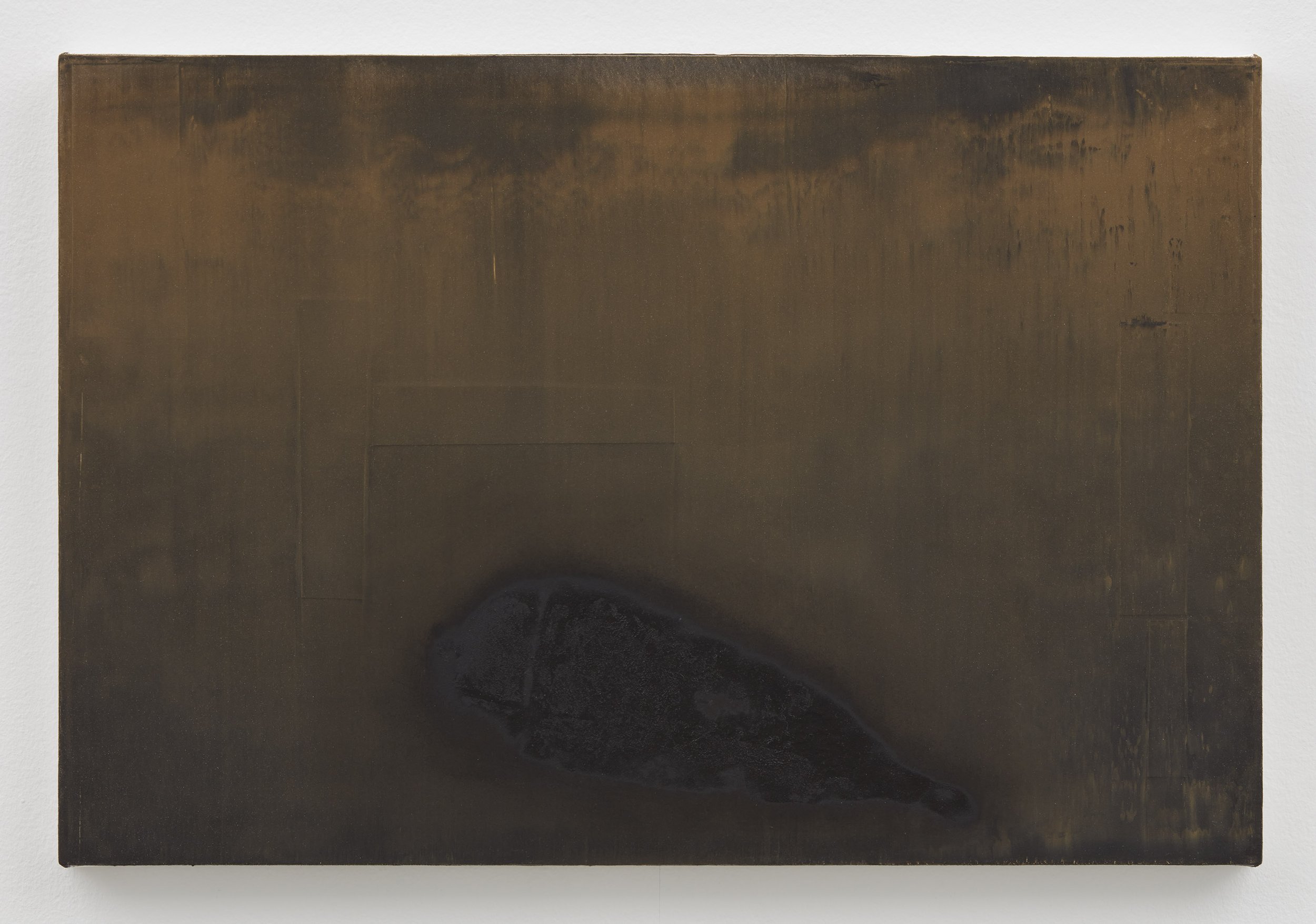
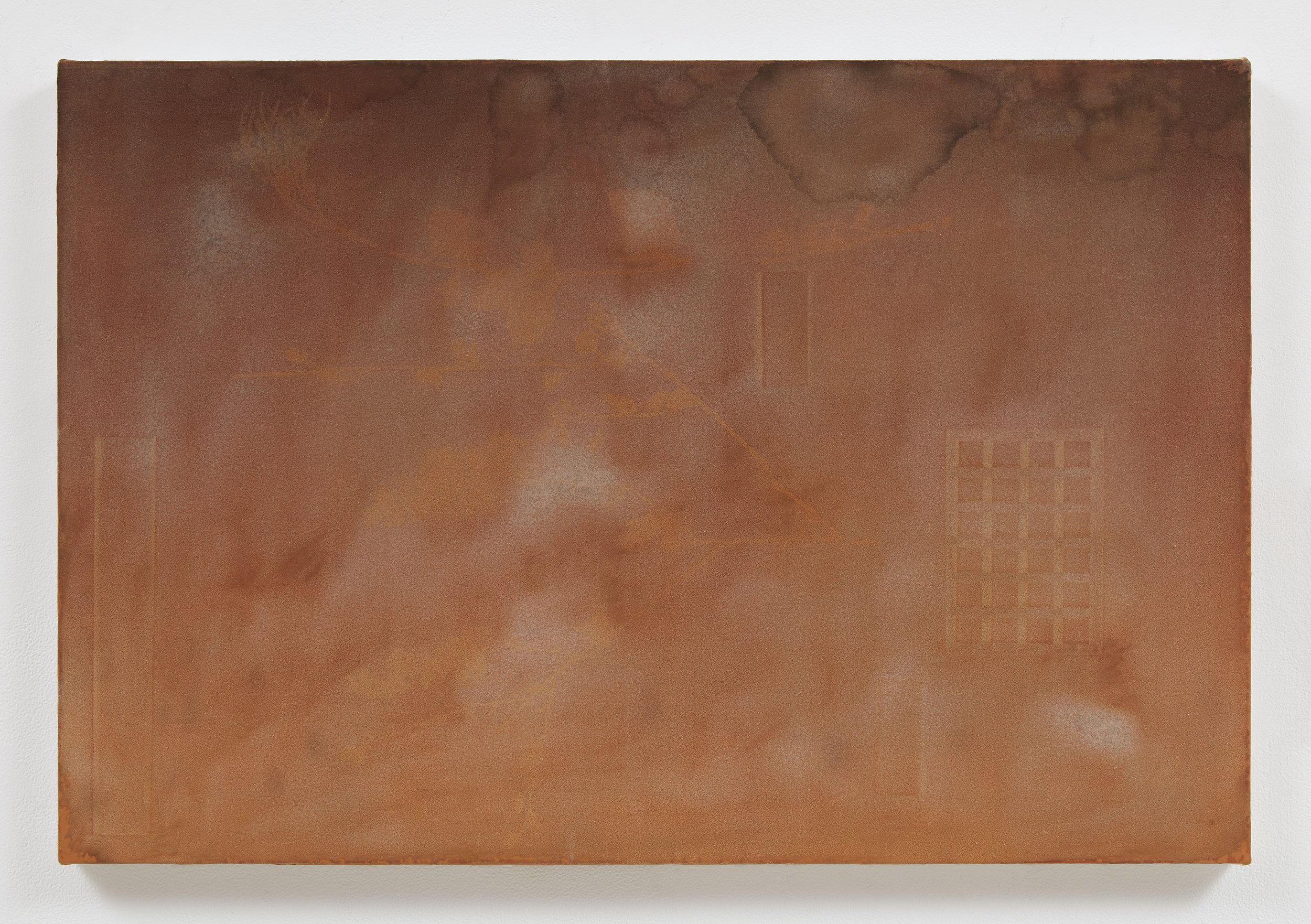
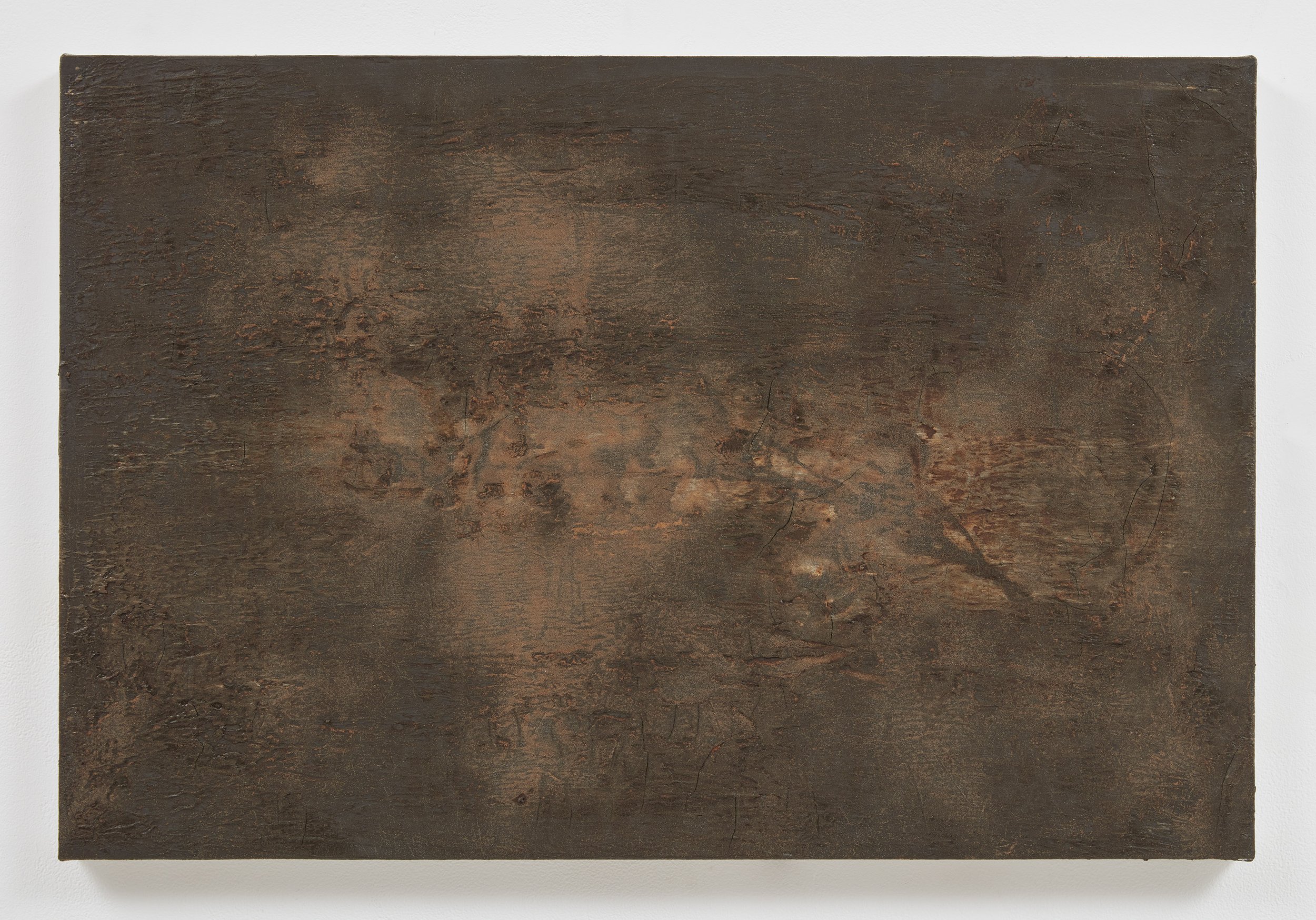
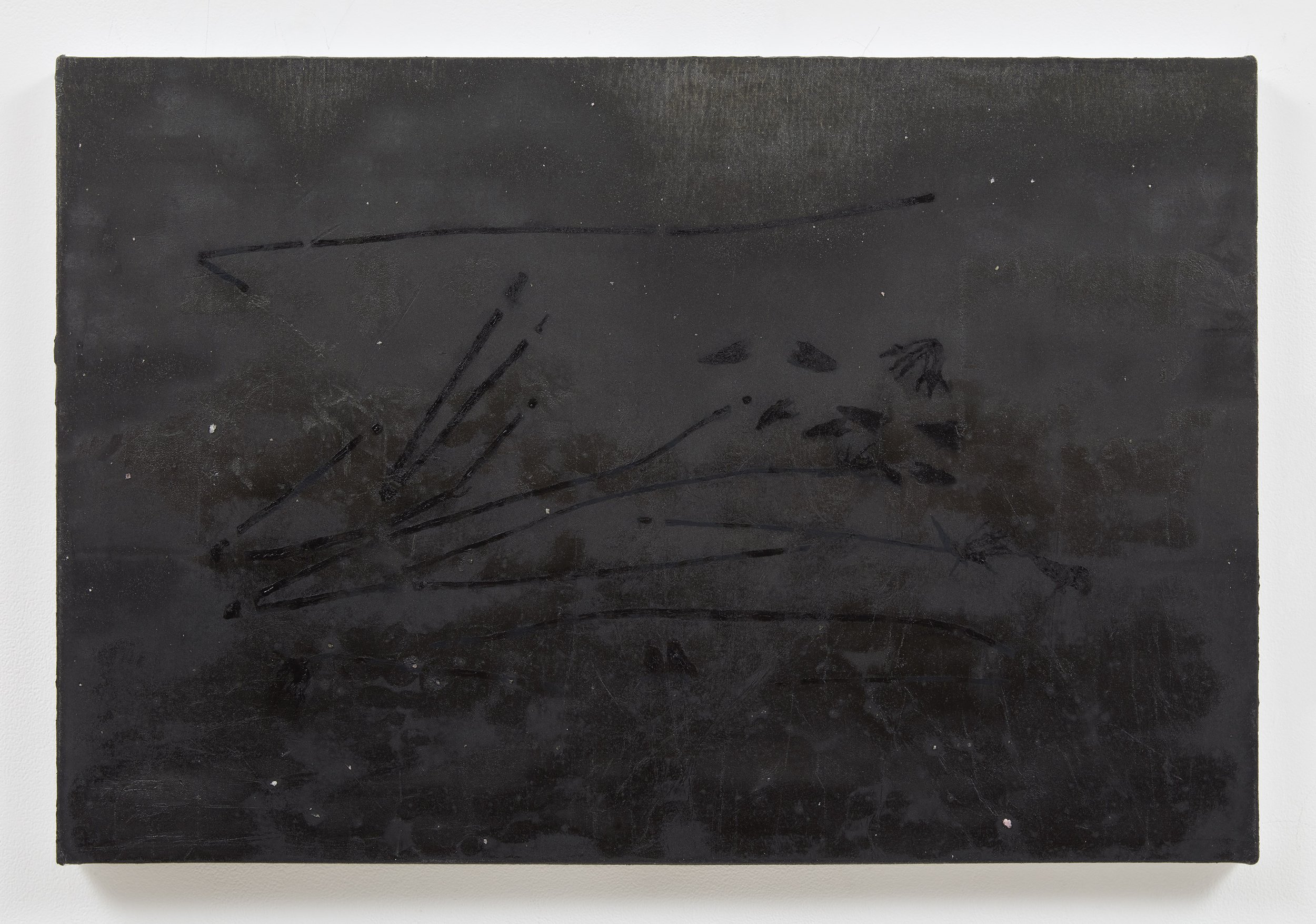


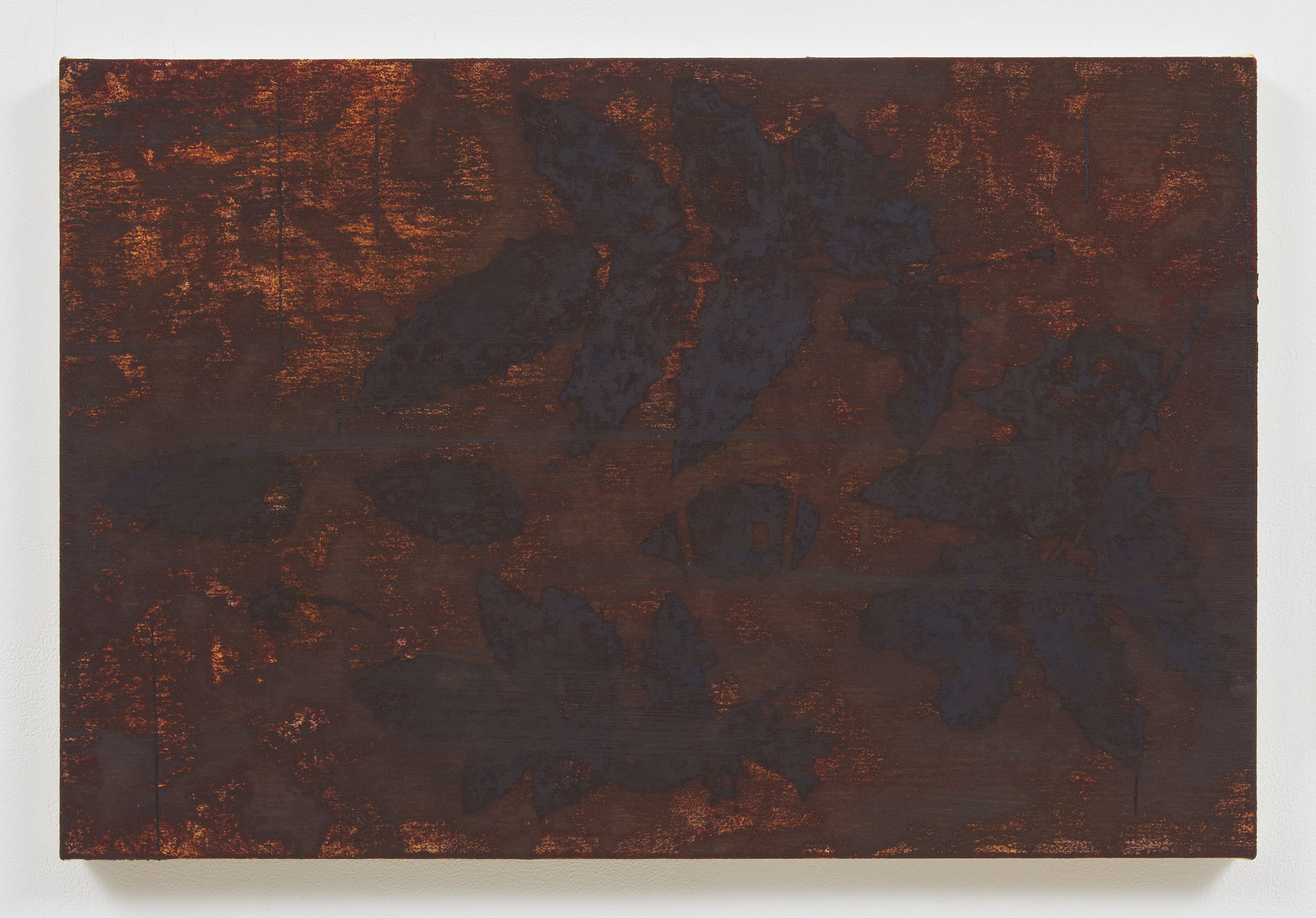




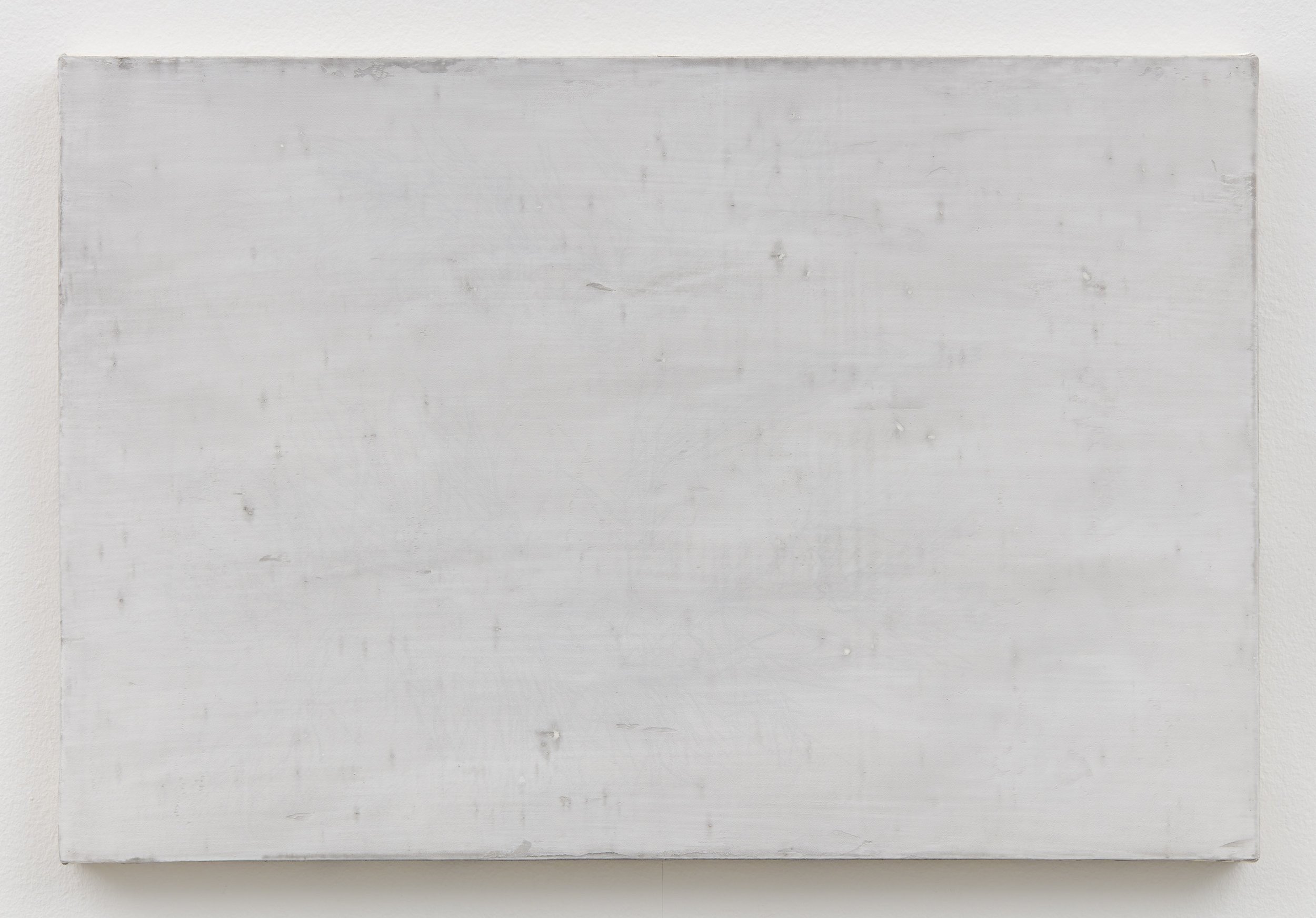



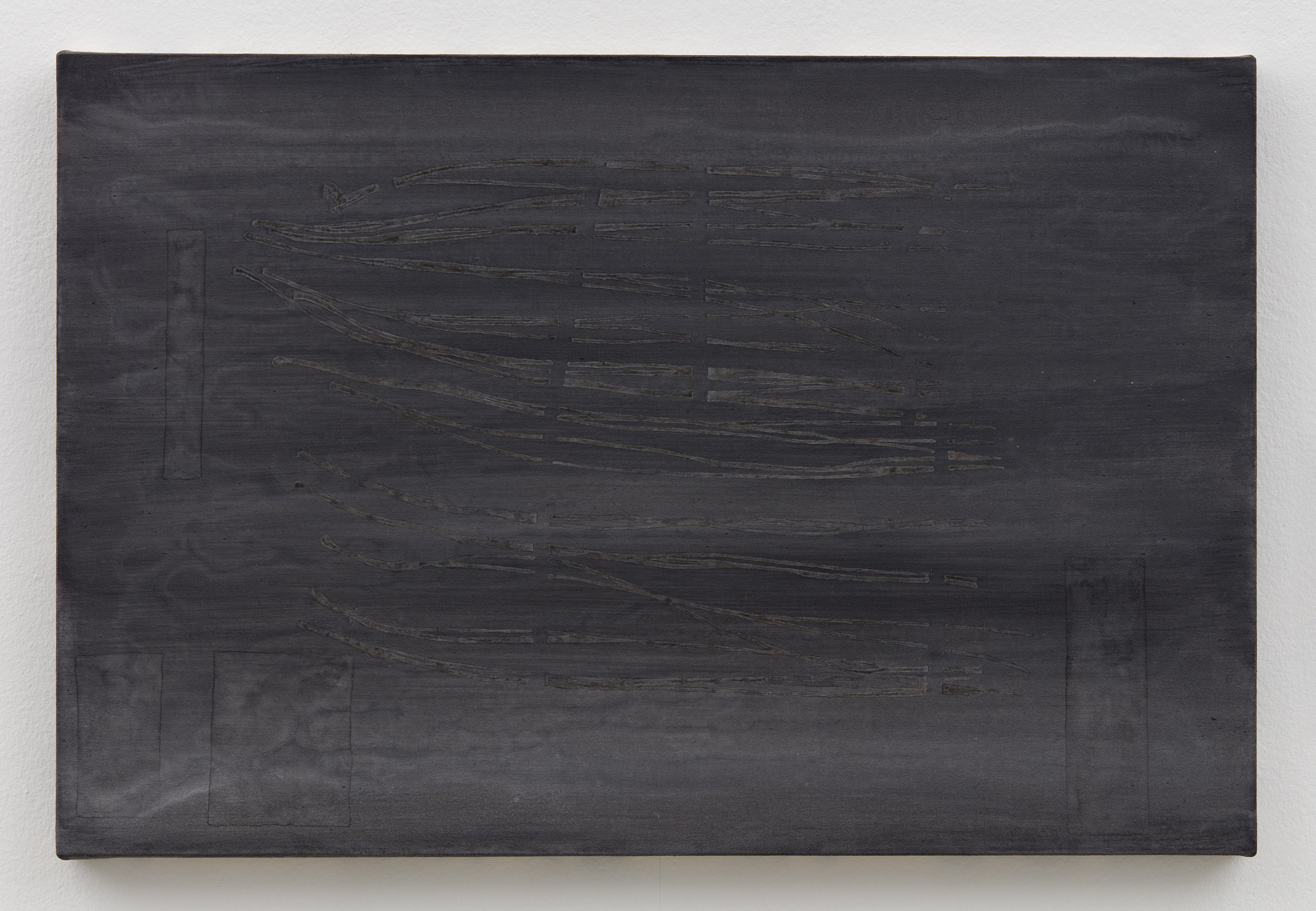
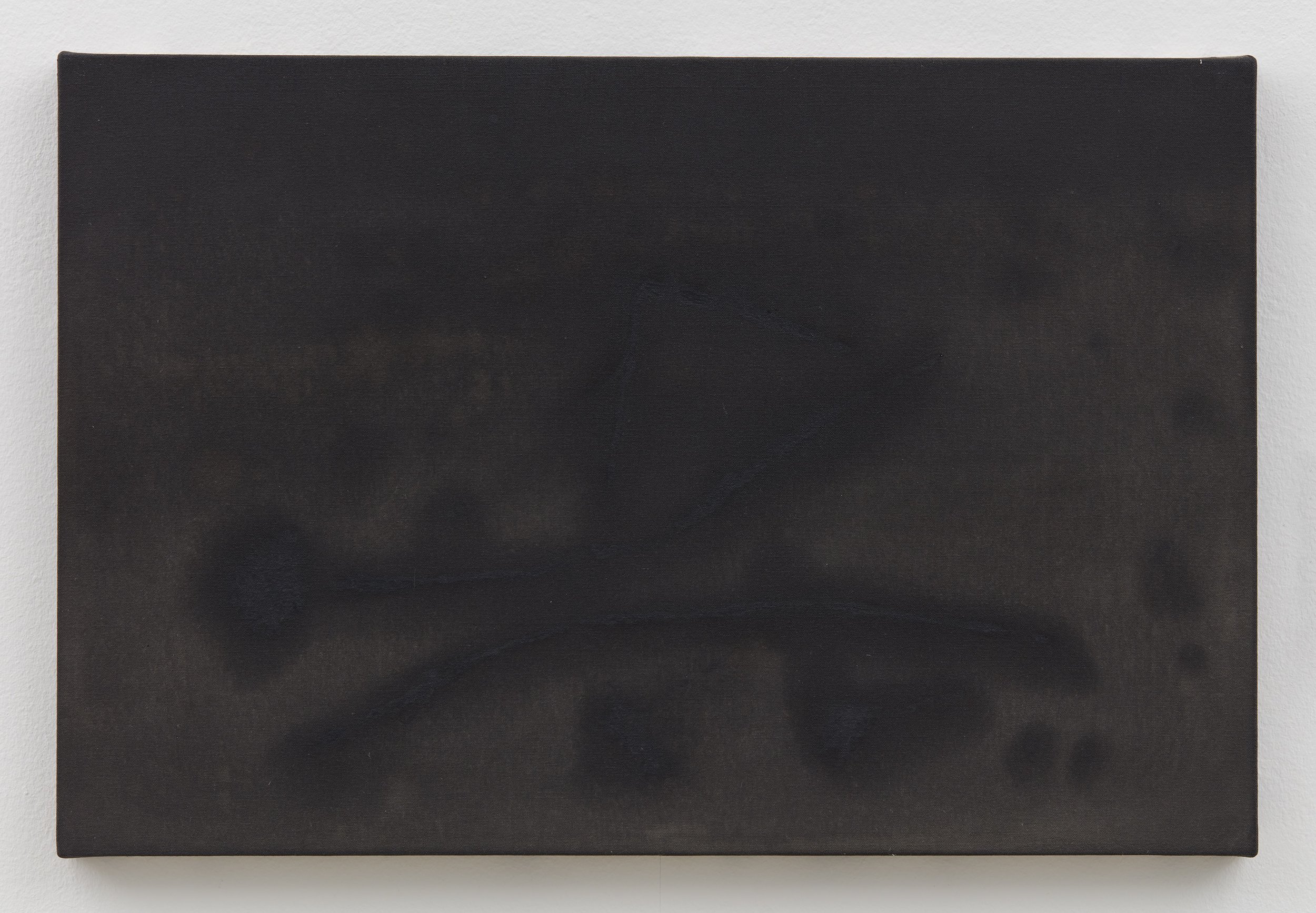
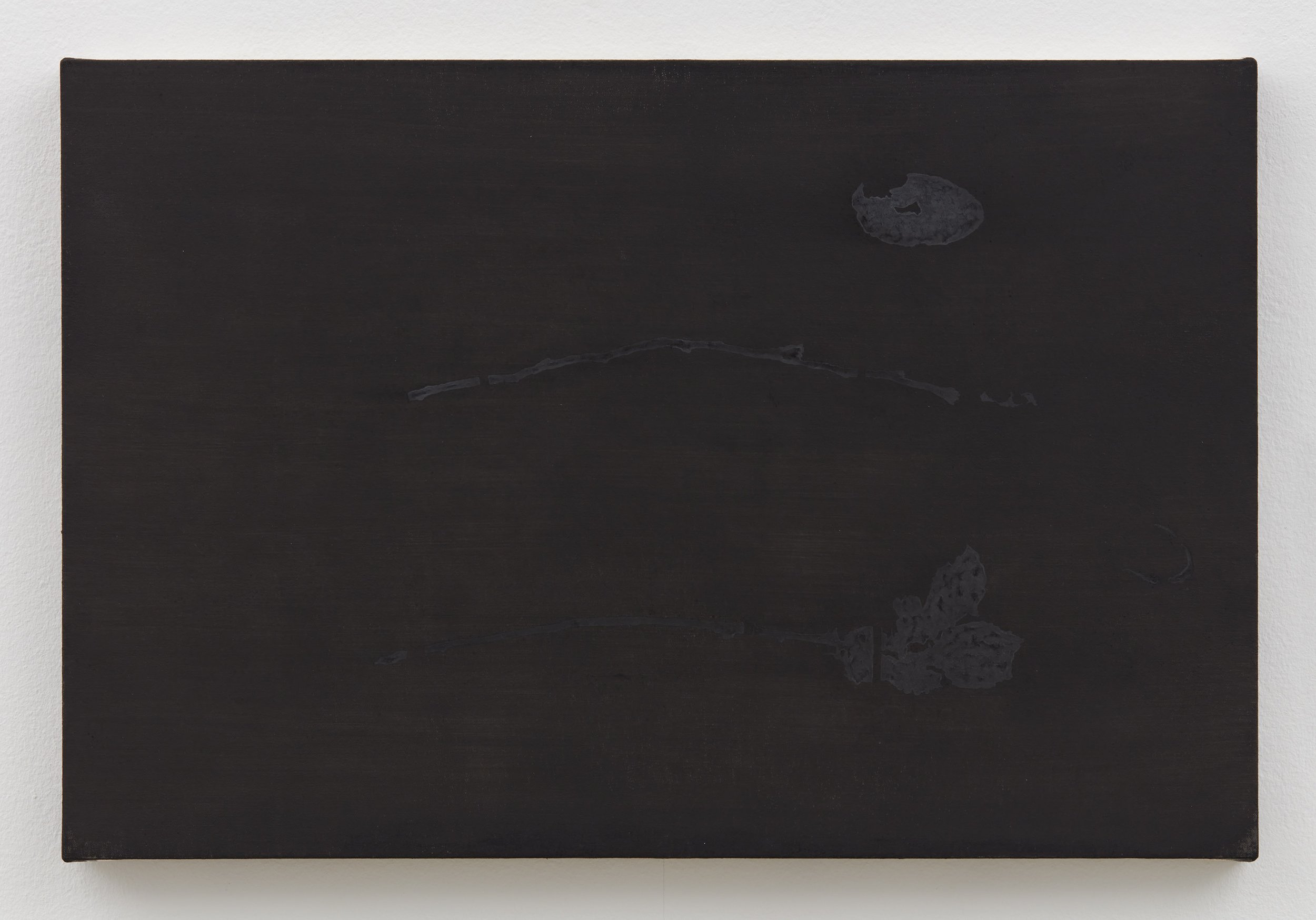
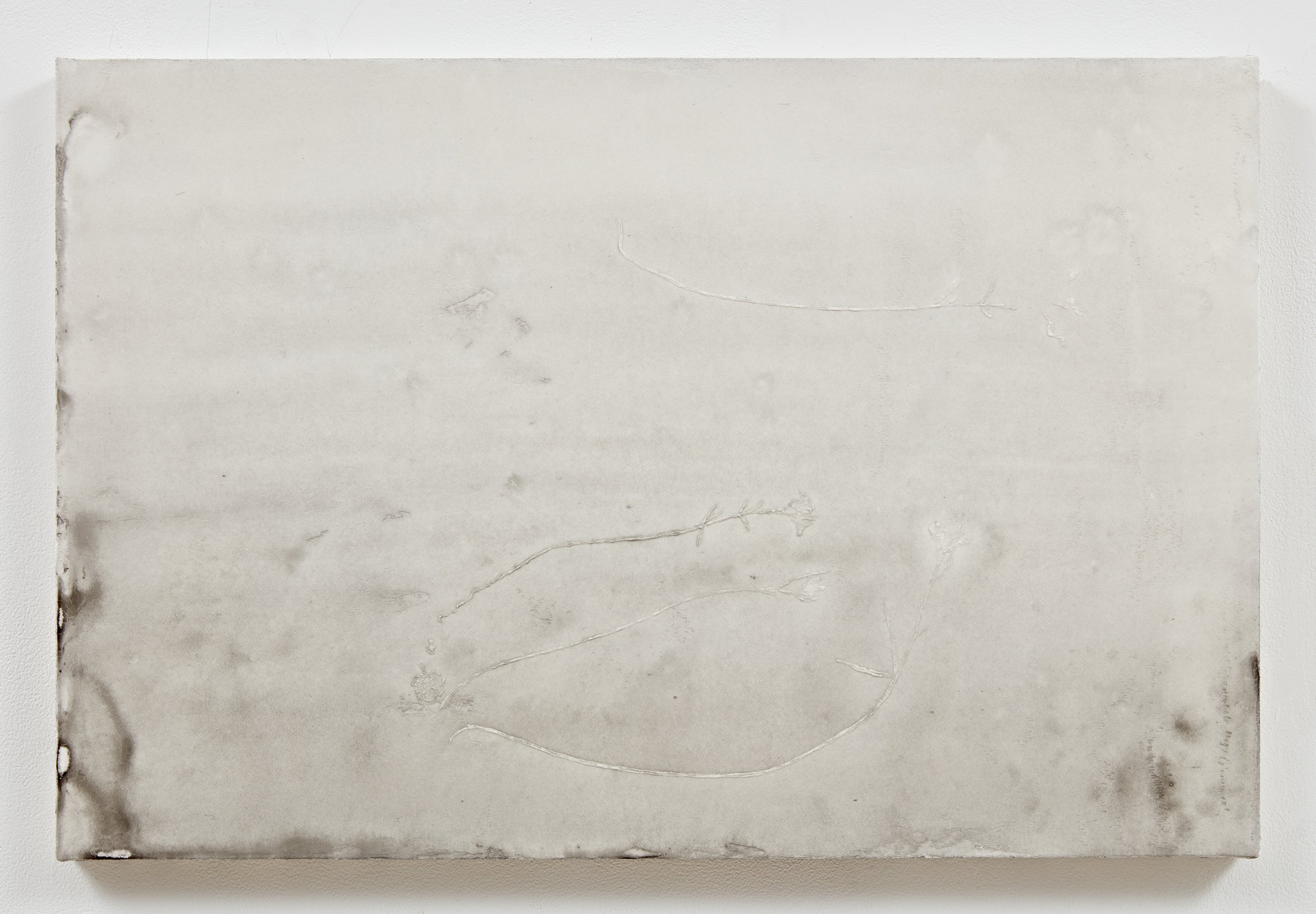
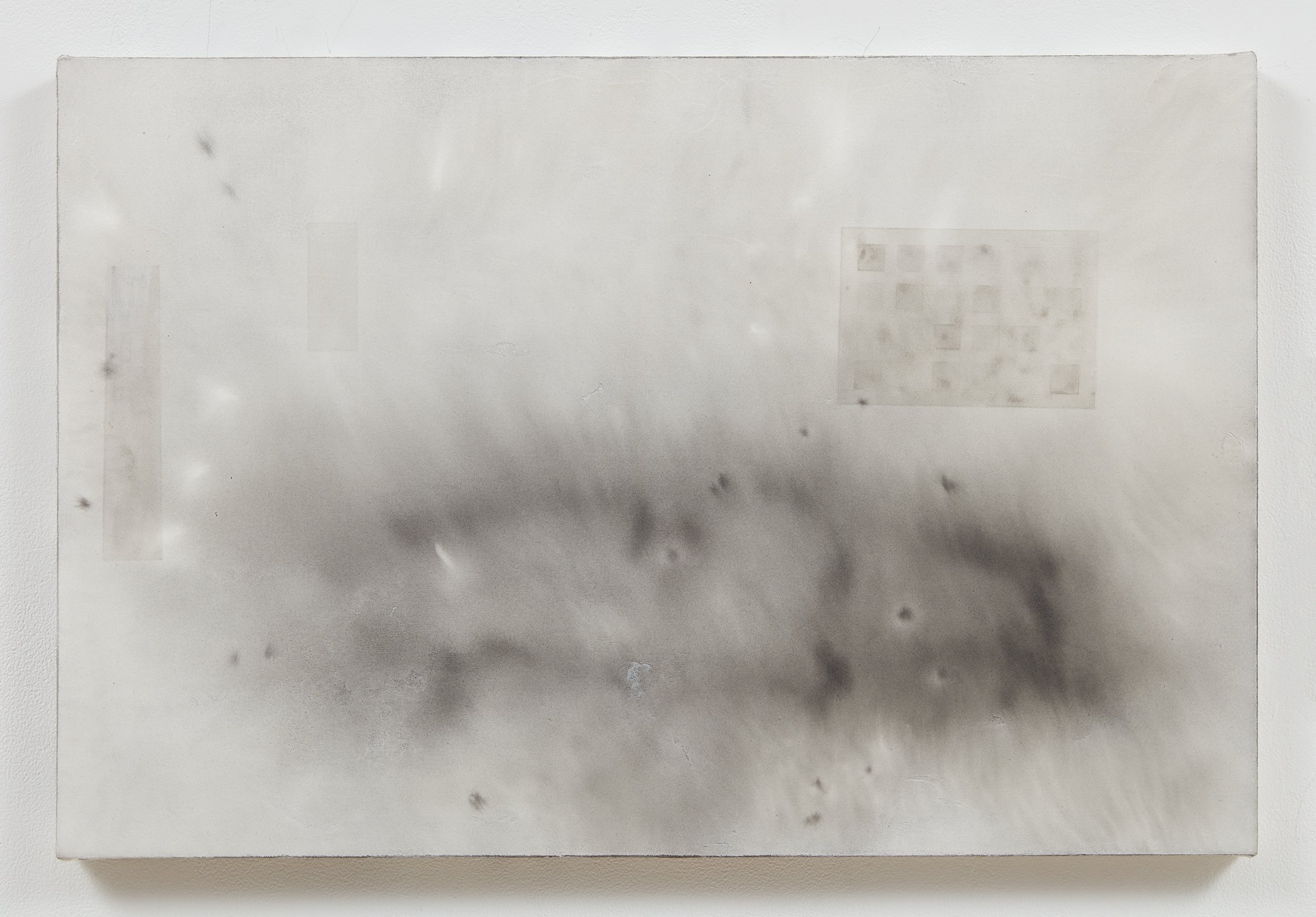
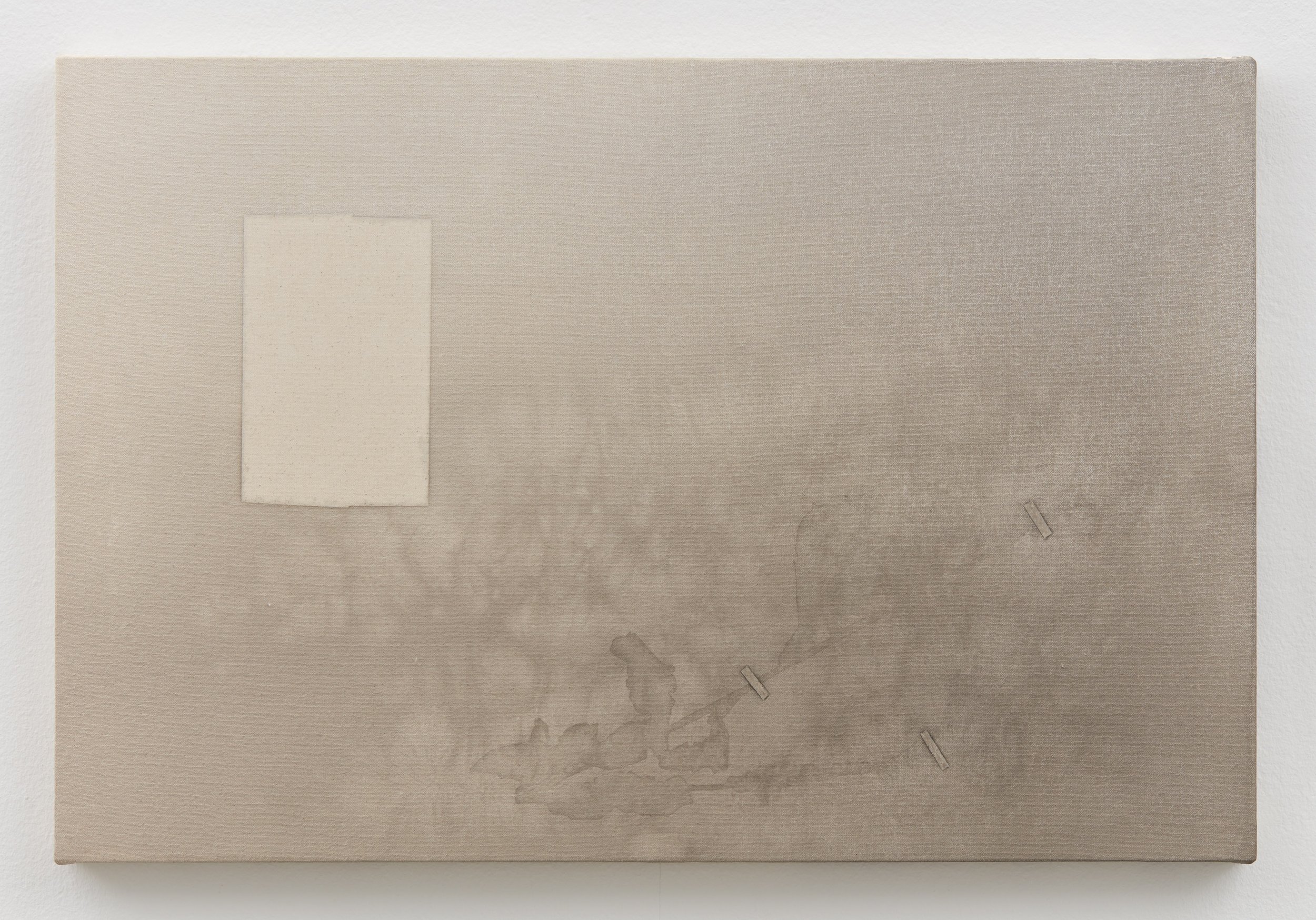
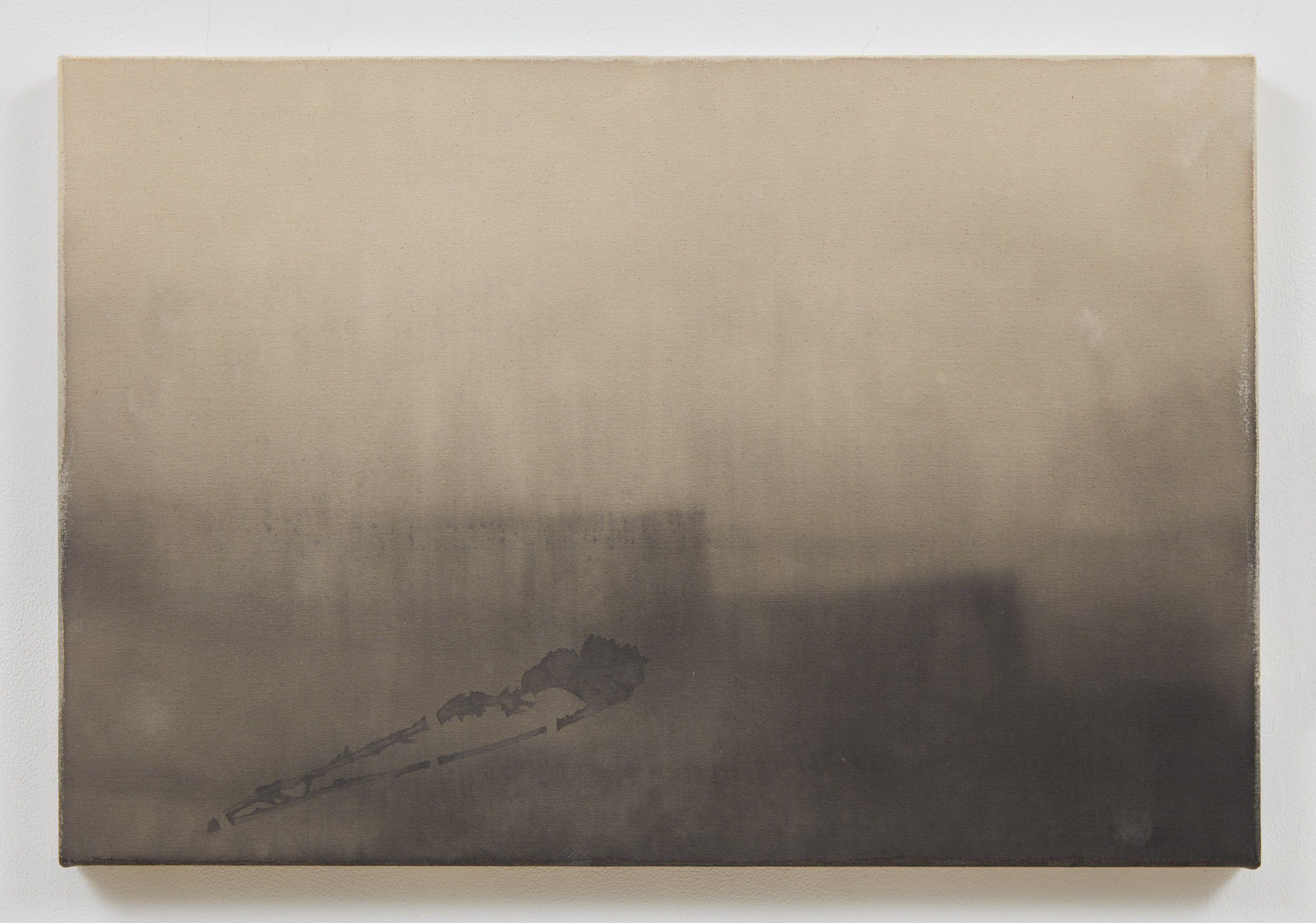

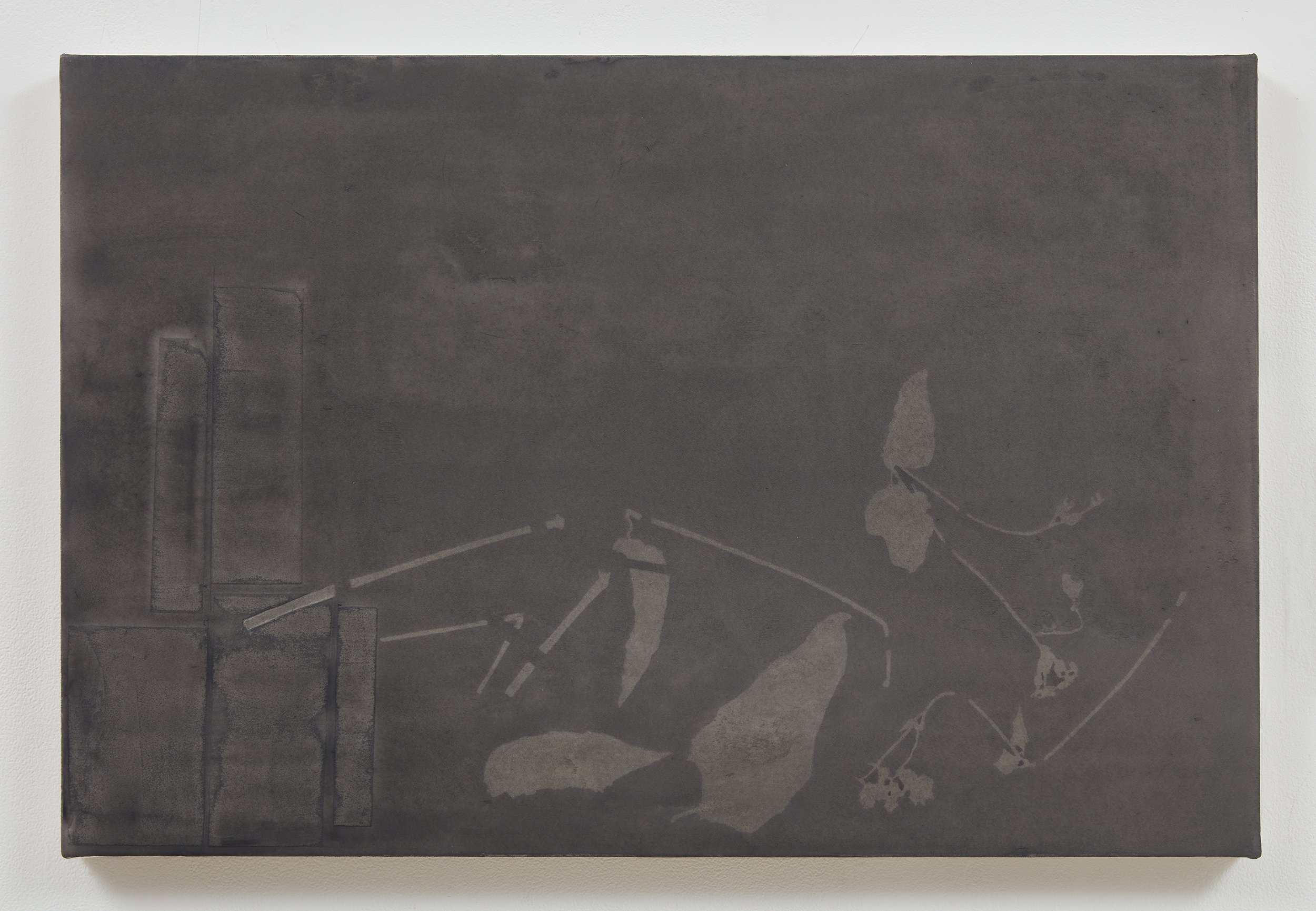
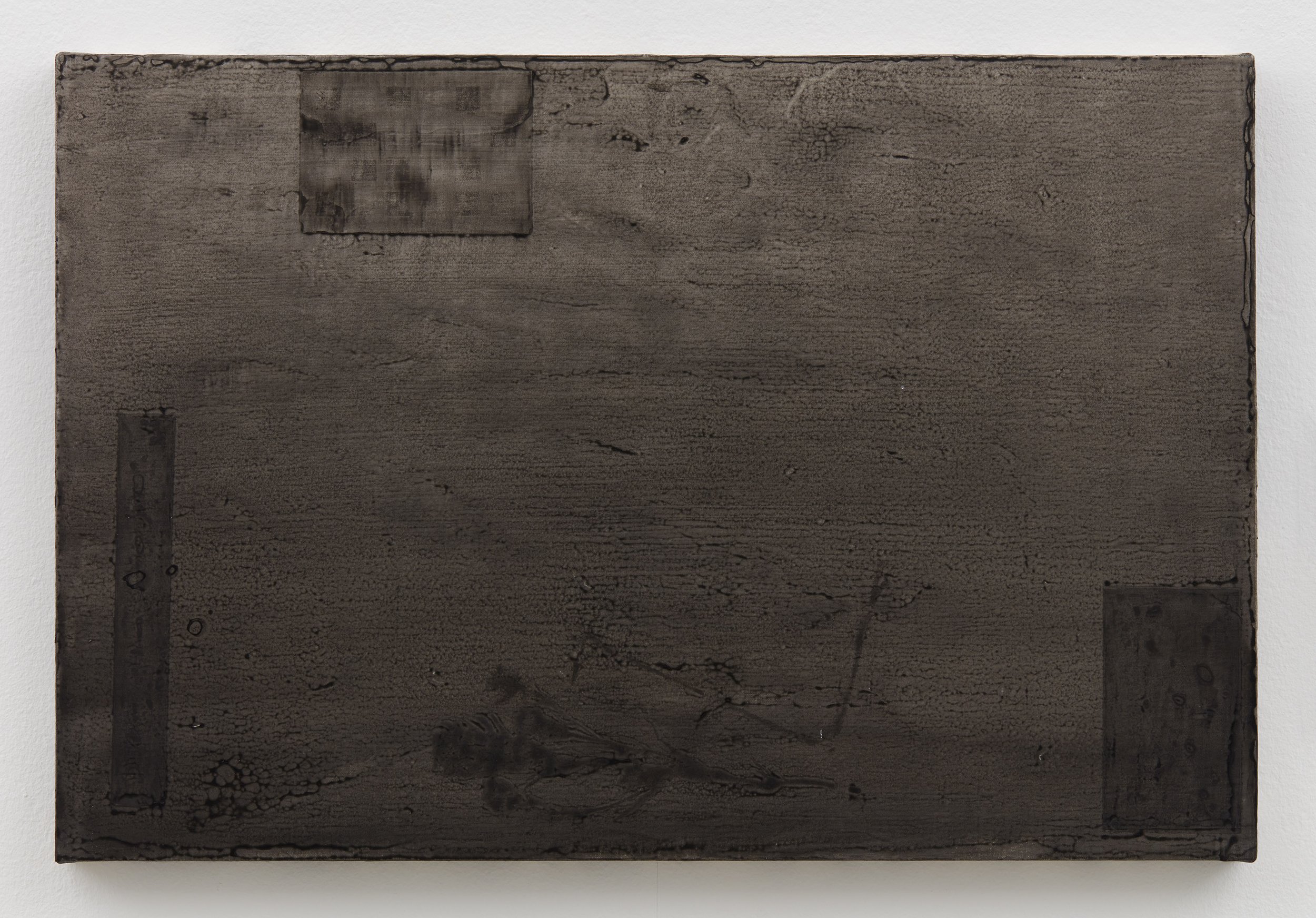
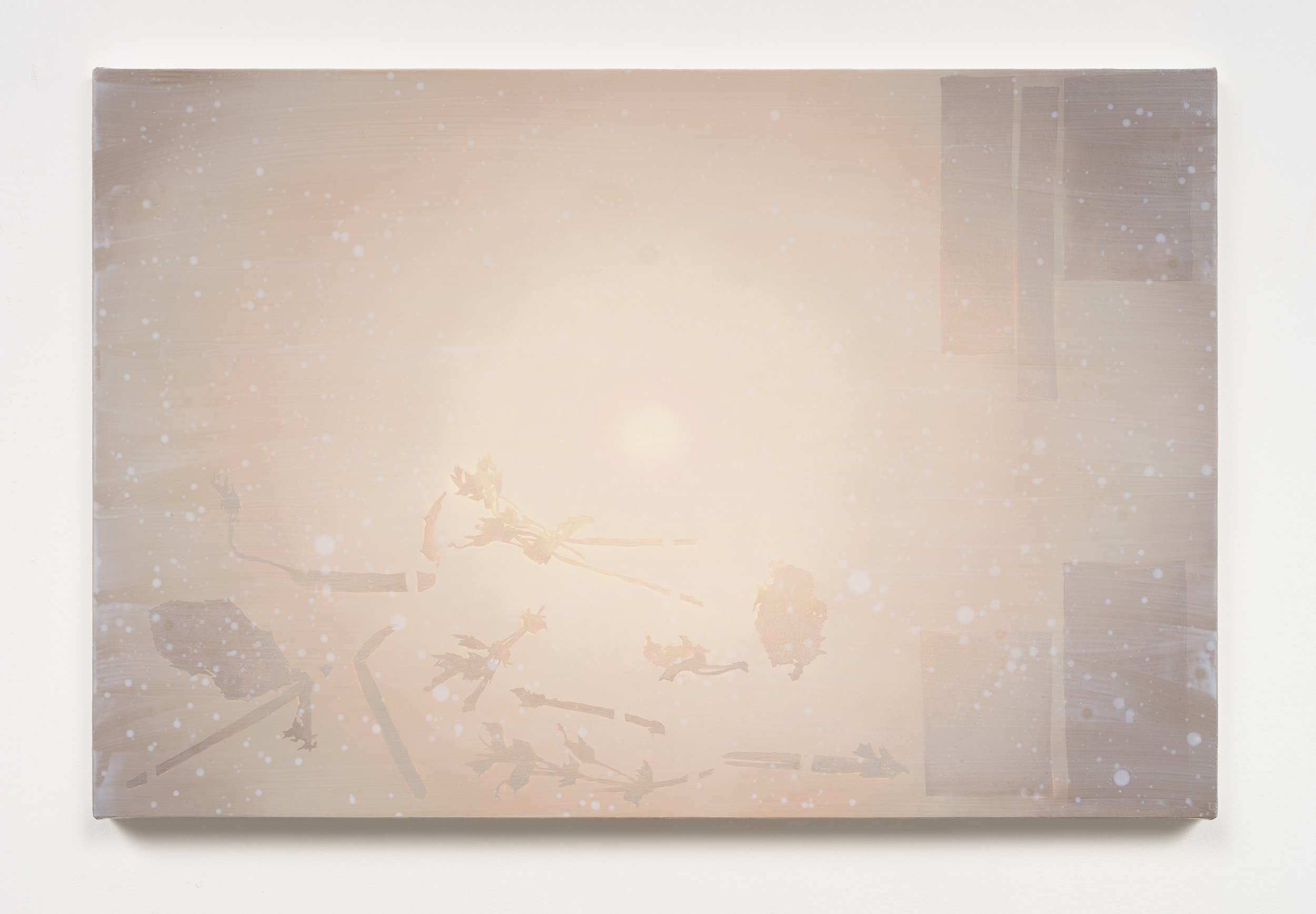
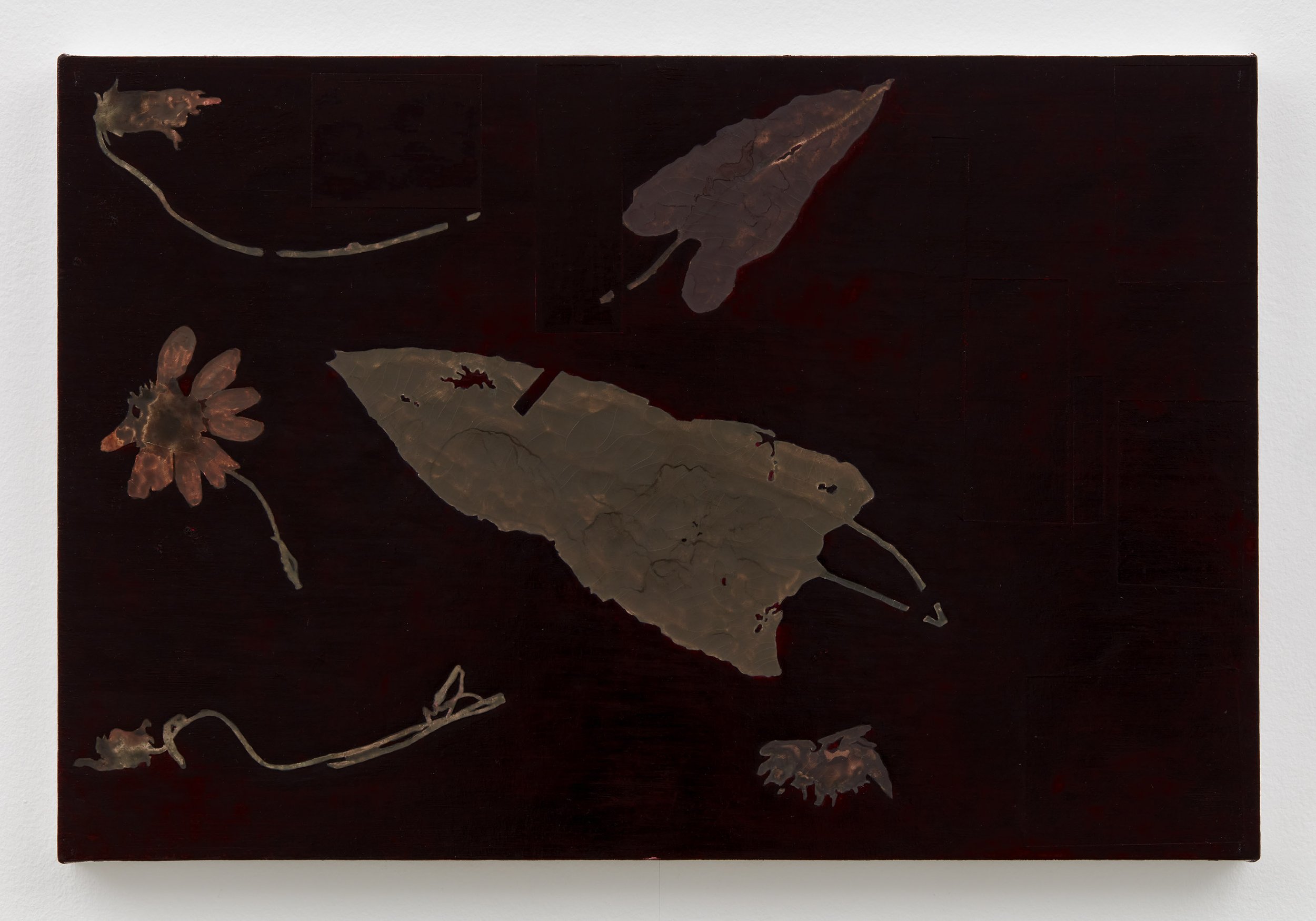
Marc Handelman
West After West
May 29–July 25, 2025
Sikkema Malloy Jenkins is pleased to present West After West, a solo exhibition of work by Marc Handelman on view in the back galleries from May 29 through July 25, 2025. A public reception with the artist will be held on Thursday, May 29, from 6–8pm.
West After West features a selection of recent paintings from Handelman’s Terra nullius series, which proposes a critical intervention into the scientific archives from one of the most significant events in the evolution of American imperialism and westward expansion: Lewis and Clark’s famed Corps of Discovery Expedition of 1804-06. Working within the refuse of this history, Handelman’s reimagining of the archive considers how the afterlives of landscape painting and imperial botany echo in present-day nationalisms and environmental crises.
Handelman’s work is at once research-oriented and driven by an expansive understanding of painting’s material complexities and its capacity to destabilize conventional systems of representation. The legacies of how land and nature are imagined, and towards what ideological ends, have informed Handelman’s practice over the past two decades. The works on view in West After West are drawn from the artist’s Terra nullius series, a multi-year project comprising 239 paintings created from the full herbarium archive of botanical specimens collected during Lewis and Clark’s survey expedition. In addition to the mapping of unceded land and the bioprospecting of resources, President Thomas Jefferson’s tacit goal in issuing the expedition was to enact Doctrine of Discovery laws in the northwest territory towards the creation of a continental empire. As the most consequential project of imperial botany in the history of the United States, Lewis and Clark’s expedition further underscores how the desire to name, classify, and domesticate nature was embedded in larger expansionist, and extractive ambitions.
Each painting in Terra nullius is intimately sized at 20 by 30 inches, which corresponds in scale ratio to the original specimen sheets in the expedition archive; the horizontal re-orientation further recalls the traditional pictorial format of landscapes. Handelman maintained the compositional fidelity of the herbarium sheets and their labeling systems while allowing each painting its own distinct material and formal process. Most canvases were painted in oil paint, but many include hybrids with watercolor, and some sets are made entirely with walnut and sumi ink. The palette is largely inspired by the desaturated colors of the desiccated specimens and the weathered sheets themselves, but also draws from earth pigments, art historical references, and scenes of the sky during recent ecological disasters and meteorological events. Arranged in monumental grids that suggest both the scientific ordering of nature and the vast scale of history painting, the paintings of Terra nullius reveal how the legacies of landscape are inscribed onto our present.
The exhibition title West After West is a quote from Frederick Jackson Turner’s 1893 essay “The Significance of the Frontier in American History.”¹ For Handelman, the poetic, cyclical cadence of “west after west” speaks to the seemingly endless manifestations of American expansionism: another territory to claim, another global order to establish, another world to consume. In our current era of insurgent populism and authoritarian entrenchment, West After West re-imagines a nature slipping beyond our instrumentalizing gaze, a next life both haunting and haunted by the afterlives of violent conquest and environmental extraction.
Marc Handelman (b. 1975) received his BFA in Painting from the Rhode Island School of Design and his MFA from Columbia University. He has exhibited his work extensively throughout the United States and internationally, in venues including Artists Space, New York; Matsumoto City Museum of Art, Nagano, Japan; MoMA PS1, New York; The Nerman Museum of Contemporary Art, Kansas City, Missouri; The Orlando Museum of Art, Florida; The Royal Swedish Academy of Fine Arts, Stockholm, Sweden; The Rubin Museum, New York; and the Studio Museum in Harlem, New York.
Handelman has taught in the MFA Programs at Bard, Brooklyn College, Columbia University, and Yale University. He is currently an Associate Professor of Painting at The Mason Gross School of the Arts, at Rutgers University. Handelman is a recipient of the 2025 Guggenheim Fellowship, as part of the Guggenheim Foundation’s 100th class of Fellows.
¹ Turner’s “frontier thesis” argued that the continual drive to prospect, conquer, and settle westward was fundamental to the United States’ national identity and growth, and that American democracy was born “not [of] the constitution but free land and an abundance of natural resources open to a fit people.”
